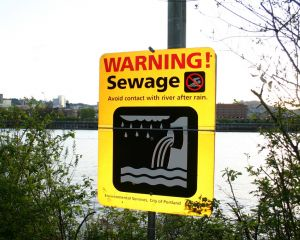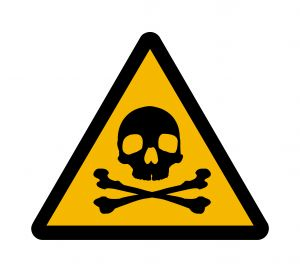Chevron is accepting claims for people who have been injured as a result of the fire at its Richmond, California facility on August 6, 2012. According to Chevron, victims will be compensated for “out-of-pocket medical expenses related to the fire” Furthermore, Chevron is requiring victims to have received initial medical treatment by August 17, 2012 in order to be considered in their claims process.
First, in California, there is a two-year statute of limitations in which a person must file a lawsuit for personal injuries or wrongful death. California Code of Civil Procedure § 335.1. Victims of this event need to be aware of their legal rights, despite what Chevron says, or what artificial timeline Chevron attempts to create regarding compensating its victims. Based upon Chevron’s statement that it will pay for out-of-pocket medical expenses only, it appears that Chevron has no intention of compensating victims for what they are fully entitled to under California law.
Under California law, an injured person is entitled to seek economic damages, as well as non-economic damages. CACI (Judicial Council of California Civil Jury Instructions) Jury Instruction 3902. Items of economic damages can include past and future medical expenses, the cost of medical monitoring in the case of toxic exposure, past and future lost earnings. CACI 3903A, 3903B, 3903C. In addition, the items of non-economic damage an injured person is entitled to be compensated for include physical pain, mental distress, emotional distress, fright, anxiety and worry. CACI 3905A. Chevron appears to be offering some victims the cost of past medical expenses, only. Plus, Chevron apparently expects all medical treatment to be complete within two weeks of the fire incident. This is completely inadequate. Many of the victims of the Chevron fire in Richmond will need future medical care, and though they would be entitled to recover damages for those expenses under California law, Chevron is not recognizing future medical costs in their current claims process. Most importantly, Chevron does not appear to recognize the right of its victims to recover for non-economic damages, the value of which may easily exceed to cost of medical expenses.
 San Francisco Injury Lawyer Blog
San Francisco Injury Lawyer Blog


 This weekend,
This weekend,  According to a
According to a  On July 18, 2008, a malfunction led 94,000 gallons of raw sewage being released into a lake located in the Lakeshore subdivision in the town of Discovery Bay. Amazingly, the entire incident started with a wayward bird. The bird flew into the power grid, landing on a power line and sparking a power failure. Pumps failed to turn back on after the power interruption, forcing sewage to back up into a storm drain that then fed into the community lake. Concerns about the environmental contamination were worsened because fountains in the lake were not shut off. Instead, the fountains remained on for a week after the sewage spill and potentially adding to the spread of contamination and raising additional concerns about illness.
On July 18, 2008, a malfunction led 94,000 gallons of raw sewage being released into a lake located in the Lakeshore subdivision in the town of Discovery Bay. Amazingly, the entire incident started with a wayward bird. The bird flew into the power grid, landing on a power line and sparking a power failure. Pumps failed to turn back on after the power interruption, forcing sewage to back up into a storm drain that then fed into the community lake. Concerns about the environmental contamination were worsened because fountains in the lake were not shut off. Instead, the fountains remained on for a week after the sewage spill and potentially adding to the spread of contamination and raising additional concerns about illness.  As reported in
As reported in  The vast majority of mold we encounter on a regular basis, such as the mold that might appear on a shower curtain, is harmless. However, some types of mold can cause serious illness. One particularly dangerous type of mold is stachybotrys chartarum, a greenish-black mold that can be found in chronically moist or wet environments, particularly where materials have a high cellulose content including drywall, paper, wood, and certain ceiling materials. Toxic mold gives off spores or mycotoxins that can be inhaled by an unsuspecting individual.
The vast majority of mold we encounter on a regular basis, such as the mold that might appear on a shower curtain, is harmless. However, some types of mold can cause serious illness. One particularly dangerous type of mold is stachybotrys chartarum, a greenish-black mold that can be found in chronically moist or wet environments, particularly where materials have a high cellulose content including drywall, paper, wood, and certain ceiling materials. Toxic mold gives off spores or mycotoxins that can be inhaled by an unsuspecting individual.